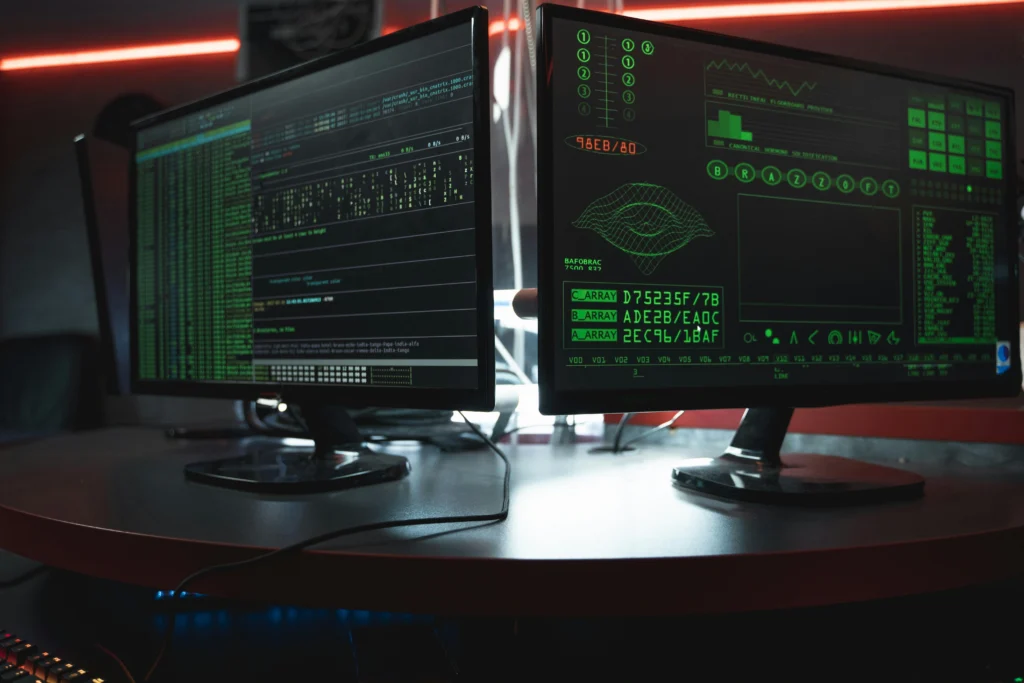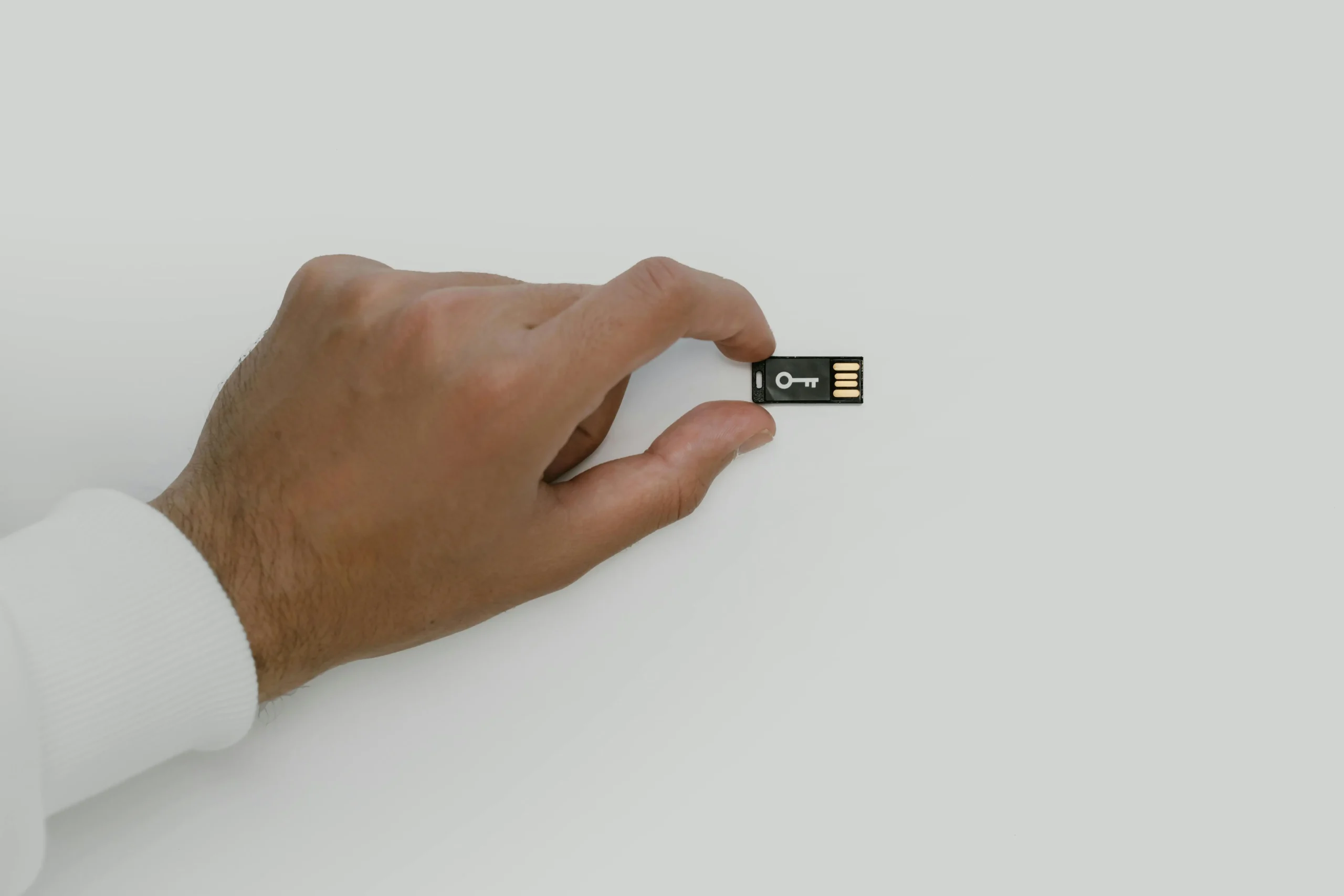Executives are often trained to be wary of AI bias, which has become synonymous with system failures, but human biases can also play a vital role in decision-making. Intuition, derived from expertise and experience, can enhance AI’s capabilities when aligned wisely, allowing for faster innovation and reduced blind spots. The challenge lies in distinguishing between ‘destructive bias’ and ‘constructive bias’ while guiding AI development.
Research suggests that not all biases are inherently harmful; for instance, bounded rationality indicates that individuals often make satisfactory decisions within constraints. Other studies affirm that simple heuristics sometimes outperform complex models in uncertain environments. The concept of ‘constructive bias’ in AI research involves leveraging expert intuition to improve learning structures, ultimately directing AI towards more realistic and ethical outcomes. Tools like the ‘bias compass’ can help leaders identify when biases act as valuable insights rather than obstructive barriers, thereby encouraging the effective use of human intuition alongside machine learning.
👉 Pročitaj original: CIO Magazine





